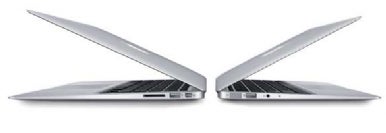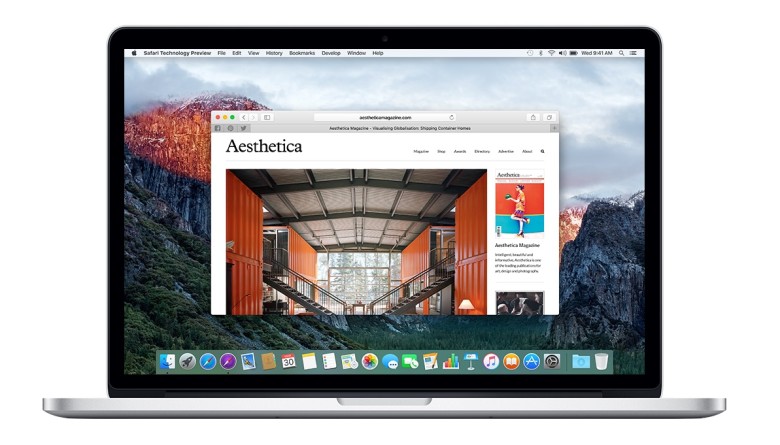


Endurance, on the other hand, can identify and disable battery-draining apps by putting them to sleep when not in use. It might take a bit, perhaps a day or two, if you recently upgraded.Īlthough “resource-hungry” apps can typically be seen in Activity Monitor, this doesn’t allow you control over these apps. If you notice that the Spotlight app is consuming a significant portion of your CPU (check the CPU tab in Activity Monitor), the best option is to wait. Tip: Keep in mind that indexing via Spotlight search is one of the processes that can take some time to finish after upgrading to a new macOS. To stop the process, click on it and then click the X in the toolbar.Choose the process that consumes a sizable portion of the overall energy.To order processes by the amount of battery power they consume, click the top of the Energy Impact column.Choose the Energy tab at the top of the screen.Double-click on the Activity Monitor app to open it.In the Finder, Go > Utilities > Activity Monitor.To access the Activity Monitor, follow these steps: Look at Activity Monitor to understand what’s happening with the processes on your computer. Sometimes a single process is to blame for all of your issues because it uses a lot of resources. If this doesn’t help, proceed to the next steps. Tips to fix Ventura draining battery issue Reboot your MacĬonsider restarting your Mac as the first possible Ventura battery drain fix. So you need first try to figure out what that process does and where it’s coming from. According to some users, the issue is caused by a Chrome helper process. You might discover that another process is using all of your computer’s resources, though. After a few hours or a day, things ought to have stabilized, and your battery life ought to be back to normal.

This is likely happening when macOS Ventura sets up in the background. Indeed, you can notice that your MacBook’s battery life is significantly reduced after updating to a new macOS version.

Try free What causes macOS Ventura battery drain?


 0 kommentar(er)
0 kommentar(er)
